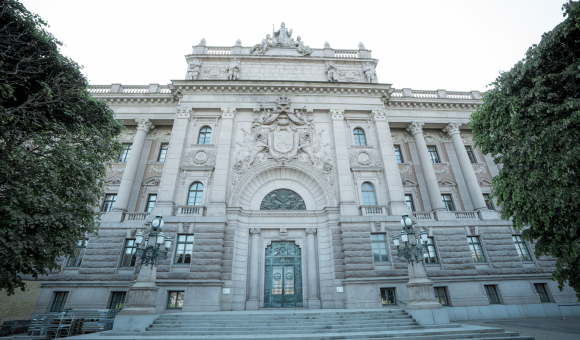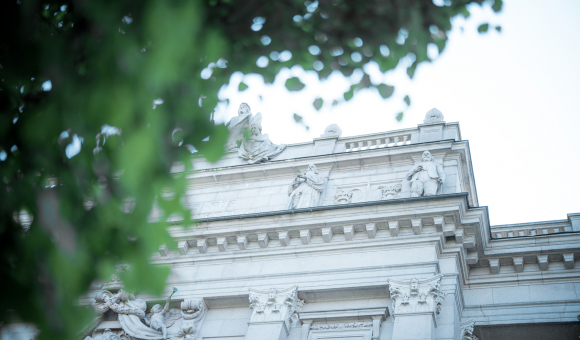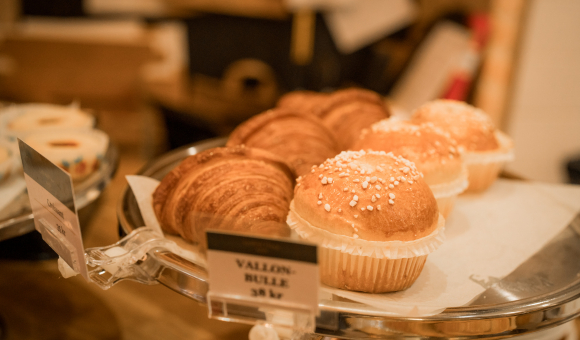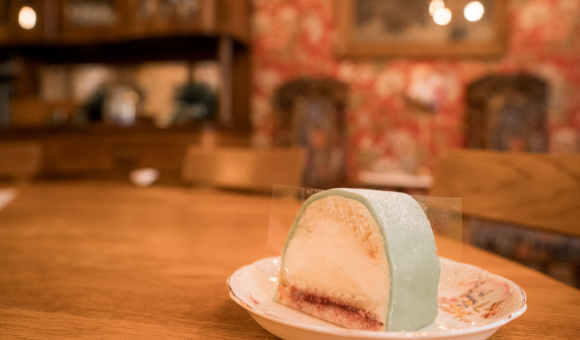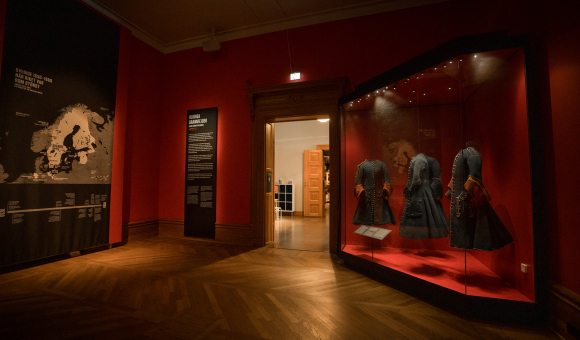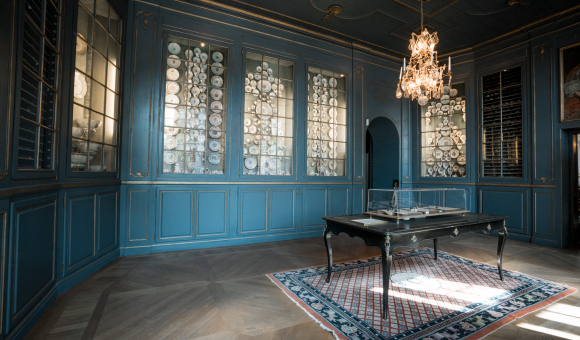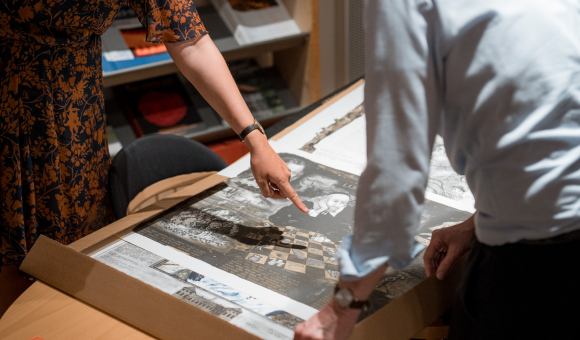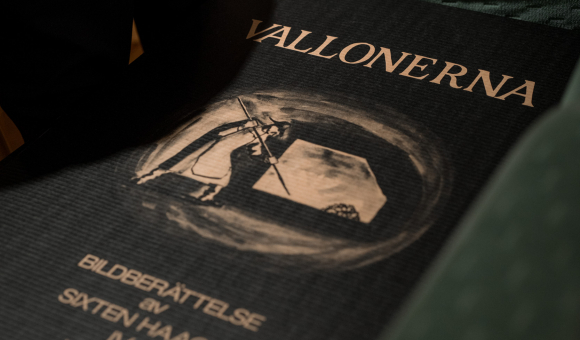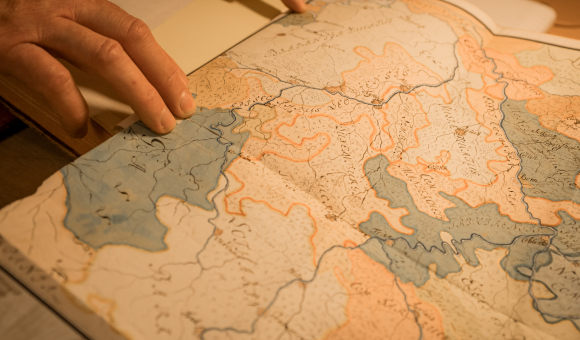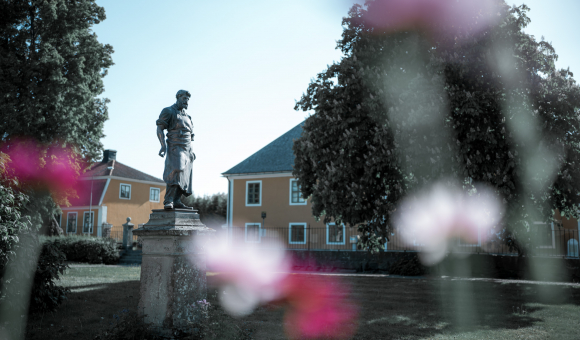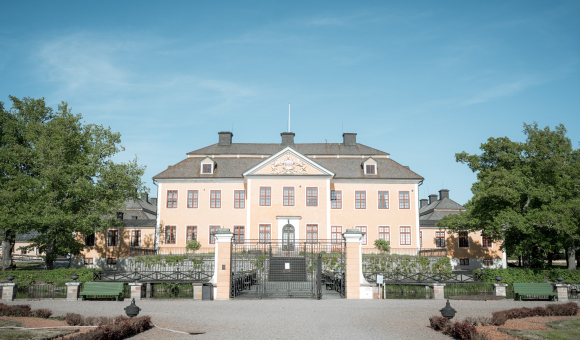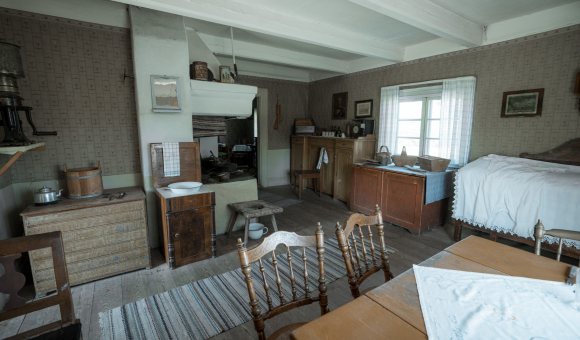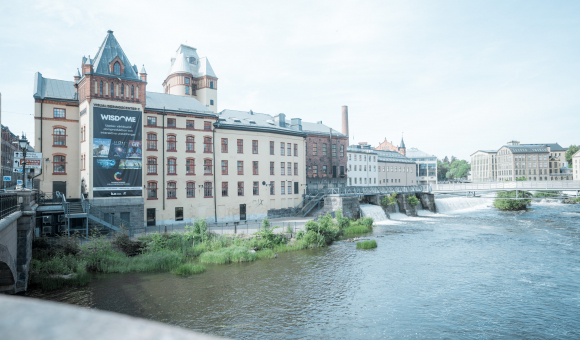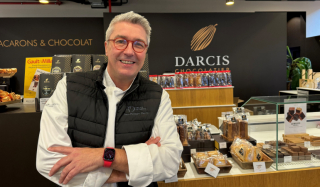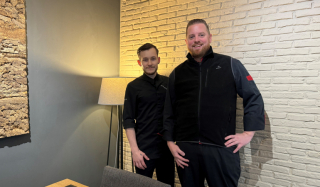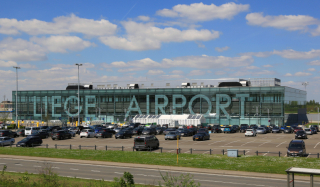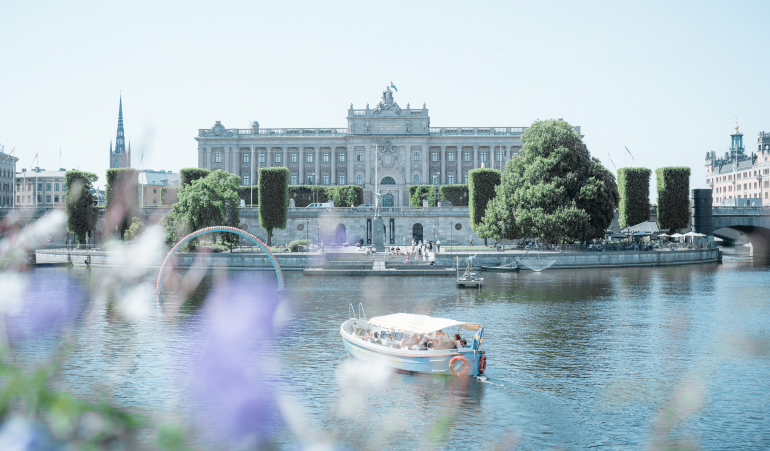
Sweden is known for its lakes, forests and thousands of coastal islands. But it seems no one ever thinks of discovering this country from the perspective of its Walloon history. To make up for this shortcoming, here's a short guided tour of the country's must-see places !
In Stockholm
The Swedish parliament (Riksdag)
Located in the historic centre of the city, it was built between 1897 and 1905. It was King Oscar II who laid the foundation stone. Eight years later, on the day of the inauguration, the welcome is rather cold. This is a time for Art Nouveau, not Neo-Baroque. Nevertheless, the completion of the building is a huge achievement: 37,000 m3 of earth had to be excavated and removed just to lay the foundations for the building. It's worth the detour because on the roof, or the upper part of the facade, are four statues representing the components of medieval Scandinavian society: the clergy, the peasantry, the nobility and the bourgeoisie. Can you guess whose face represents this last group? Louis de Geer's... A Walloon on such an emblematic building — now that definitely deserves a photo!
Grillska Huset bakery
This restaurant is located in the old town, in a setting as charming as it is old-fashioned, with the house dating back to 1649! Enough to tempt you to stop off for a break and enjoy some gourmet cuisine. The dishes are homemade, and in the pâtisserie, you can enjoy the delicious Walloon brioches, Vallonbullars, and the famous, very colourful princess cake (a mixture of marzipan and sponge cake), a tribute to the young Swedish girl who was to become Queen Astrid of Belgium. Legendary!
The Army Museum
Considered Stockholm's best museum in 2005, it tells the story of Sweden's military history until the country decided to remain neutral in conflicts. A visit gives you the opportunity to wander around this former arsenal built in the 17th century. And an added bonus that you can be proud of? An entire room is devoted to the Walloon influence on Swedish military technology.
The House of Nobility (Riddarhuset)
Four centuries old, the house stands right in the heart of the capital. It's a magnificent meeting place for the nobility. Today, over 2,000 families have their coat of arms hanging in the great hall. Of these, four are from Wallonia, each of them honoured for services to the Swedish Crown. There's the de Geer family, with Louis of course considered the father of industry. There are the de Besches with Willem, the technical mastermind behind the migration for ironworking and cannon production. Then there are the two Reenstierna brothers, bruk owners, and finally, the Cronströms, originally from Liège, who arrived in Scandinavia in the 17th century.
The Palace of de Geer or Ebba Brahe
Located in the Södermalm district, this Dutch Baroque building dates back to the late 1640s and has been home to the Dutch Embassy for 60 years. There was one man behind its construction: Louis de Geer. Unfortunately, de Geer did not get much chance to enjoy the palace, as he died in 1651, a year after the work was completed. The owner to succeed him was a widow, Ebba Brahe, hence the second name sometimes used to refer to the building. Legend has it that the palace is home to two ghosts: that of Sweden's king, Gustavus Adolphus, in search of his first love, Ebba, and also the ghost of a white lady, an ominous apparition that is said to herald the death of someone in the house.
The Jernkontoret library (Swedish Iron and Steel Producers' Association)
If you're interested in the history of mining and metallurgy, this is the place for you. There's a wealth of material available: books on economic and social history, biographical documents, thousands of portraits and illustrations of ironworks. One of the gems to be found there are the lithographs by Sixten Haage, an artist born in Stockholm in 1926 who was strongly inspired by the story of the Walloons in Sweden, having produced several detailed works on the subject.
In the Province of Uppland, Uppsala County
North of the Swedish capital, there are some 30 industrial villages, known as Vallonbruks, where Walloon blacksmiths lived and worked. They were living environments that were brimming with activity before becoming havens of peace. They are a must-see attraction, firstly to discover this incredible nature, these fascinating forests, and secondly and most importantly, for all the memories left by the strong-willed men and women who lived there.
Lövstabruk
A small village whose ironworks date back to the Middle Ages. Initially in the hands of local farmers, it later became the property of the Swedish Crown, who entrusted it to Willem de Besche and Louis de Geer, who bought the farm in 1643. And so began a long period of family management, punctuated by problems to be solved. In 1719, a battle of the Great Northern War broke out in Lövstabruk. The Russians set fire to the forge, forcing Charles de Geer to rebuild everything. He was very successful in this, for in the 18th century, the steel plant could pride itself on being the largest in the country. 1,300 people were employed there at the time. A population density in stark contrast to that of today: now, Lövstabruk now has just 100 inhabitants. The main reason for this is the decline in iron production. From 1926 onwards, all the facilities were demolished, with the exception of the buildings that have survived to the present day, among them the Louis de Geer manor dating from 1702. The property is worth seeing for its imposing facade, on which you can admire the family's red and white coat of arms, with its French motto: "Non sans cause" (Not without cause). There's also a flag with the Walloon Cockerel, a sign that this is a land steeped in Walloon history. Today, the manor house, its outbuildings and park no longer belong to the de Geer family, but to a foundation, whose mission since 1986 has been to safeguard the estate and pass on its memory to the public. Another point of note is the very unusual church, just a few yards away, whose bell doesn't hang above the roof, but opposite the building, on the other side of the road. It also boasts a magnificent 18th-century organ.
Forsmark
Known for its nuclear power plant and radioactive waste storage facility under the Baltic Sea, this old Walloon village boasts a town layout typical of the 17th and 18th centuries, meaning visitors can still admire the church, the workers' housing, the bruk owner's manor house and the watering place near the ironworks.
Österbybruk
A charming village well worth a visit, where you can discover vestiges of the presence of Walloon immigrants and gain an insight into their daily lives. A real highlight here is the house in which one of these families lived. You can feel the past surround you as soon as you walk in. There's the living room, with its picture frames, phonograph, doilies and an old armchair... There's the kitchen and the entrance hall... Images worthy of a postcard that you wish you could to take home with you, so beautifully preserved is this quaint place. Another gem to be found in this bruk is the absolutely magnificent ironworks. It's a real treat for those who love to delve into history. Everything here takes you back to the days when the Österby plant produced high-quality iron for exportation, and it's the only Walloon ironworks in the world still in its original state!
The Dannemora mine
Located just two kilometres from Österbybruk, the mine was closed a century ago because it was considered unprofitable, but will soon be reopened as the ore found there is so pure that it enables a less energy-intensive steel production process. It's worth noting that it's located on the largest deposit of iron in the world. This was an asset for Uppland's forges, who came to draw most of their ore from the mine, giving the ore its global reputation.
In Norrköping
Situated in a bay on the Baltic Sea, this former hub of the Swedish textile industry in the 19th and early 20th centuries has something for all kinds of tourists. There is a wealth of interesting attractions here, some of them particularly unusual. Norrköping is the city with the most rock carvings in the world (over 7,000!) and its dark green marble is used in world-famous buildings such as New York's Rockefeller Center. The icing on the cake is that this is where the first Walloons arrived in the 17th century. Their history is still very much alive here, with Louis de Geer's name on all the signs. To understand why, just pay a visit to Old Square. There you'll find his statue, sculpted by Carl Milles, a Swede of Walloon origin, with the following inscription at his feet: "This monument is erected close to the shores where he himself once listened to the rumbling rapids and the song of labour. In Norrköping he started a weapons factory, a brass factory and founded the city's textile industry." This is not the only tribute to the father of Swedish industry: the magnificent concert hall and convention centre also bears his name.
By Nadia Salmi
This article comes from Revue W+B n°161.
